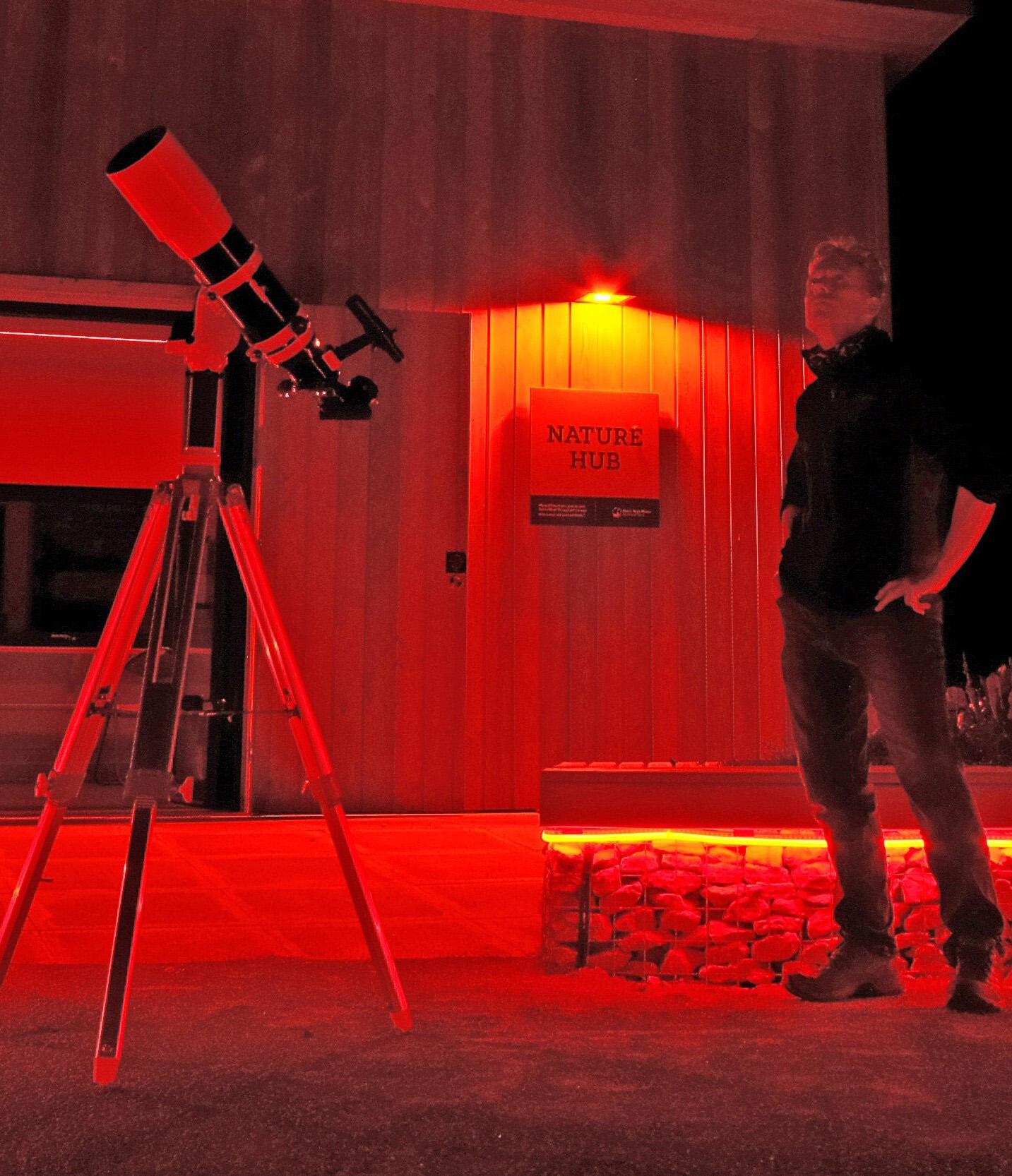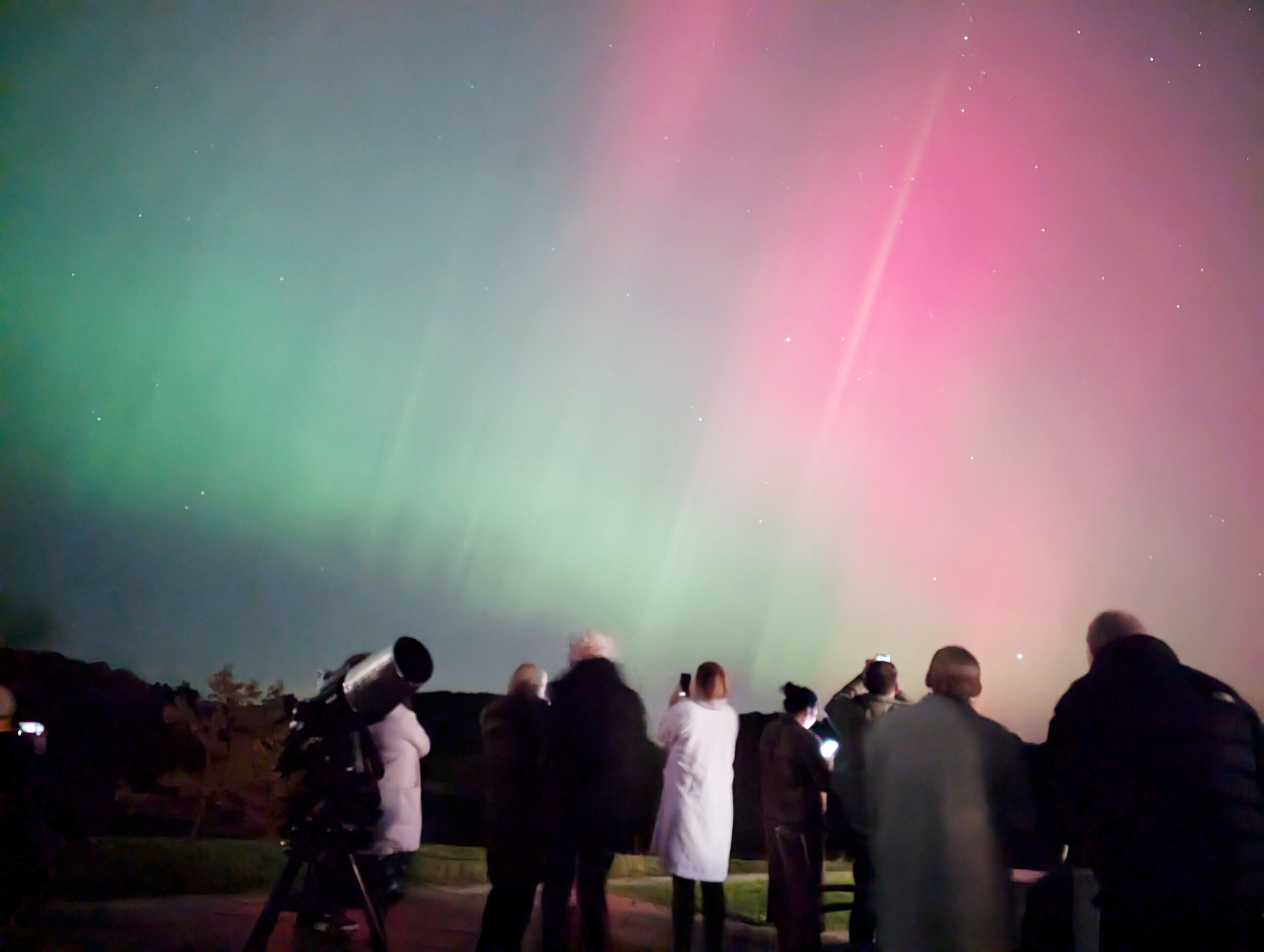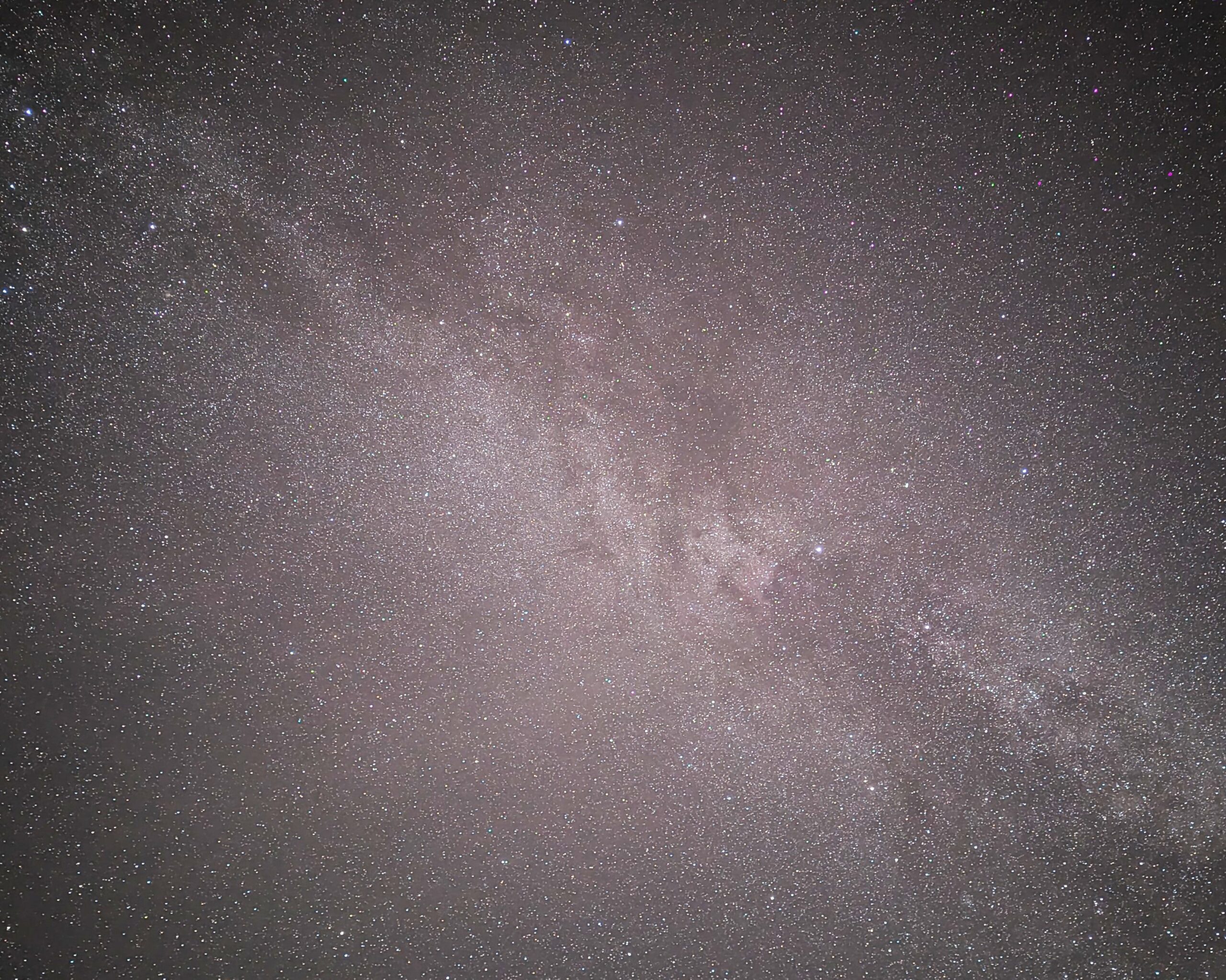News
Star-bathing for beginners
26 October 2025
Star-bathing for beginners
Richard Darn is a lifelong amateur astronomer with a passion for seeking out dark skies. He has been involved in the North Pennines Stargazing Festival since the very beginning and he has been stargazing in the North Pennines National Landscape for over 20 years.
The North Pennines Stargazing Festival marks the point when the night sky really gets into its stride.
It is a magical time of year, with the longer nights and starrier skies peeking people’s interest. But how do you make sense of it all and dip your toes into astronomy, or at least find out a bit more?
First the really good news. The North Pennines has some of England’s darkest skies. That is crucial because it means we can see so much more than city dwellers. For instance they can’t glimpse the Milky Way, but we can, along with up to 2,000 stars and the Northern Lights.
The downside is that it can seem a bit confusing at first.
But fear not, there is a straightforward way forward. Just start by trying to identify the brightest things you can see. Take it step-by-step and things will slowly slot into place.
To speed you on your way here are five top tips from someone who trod that path many moons ago – me.
Tip #1
When there is no astronomer on hand to point things out to you use a planetarium app on your phone. This moves with you and shows you what you are looking at in the sky.
Free apps are available (for instance Google Sky Map) and they are brilliant tool to get you started. You can track down bright planets like Jupiter, Saturn and Venus, as well as sparkling stars like Vega, directly overhead in the autumn.
Tip #2
When you first get interested it can be really tempting to rush out and buy a telescope. Only then do you think about what you plan to do with it. If you stop to consider your options you are probably better just starting with a pair of binoculars.
In astronomy we tend to use 7×50 or 10×50 models. Handheld they are easy to use and can show many objects – from the moons of Jupiter to the speckled glow of the Milky Way. Budget for around £80 and you can get a really high quality pair.
Tip #3
Get dark adapted – humans actually have decent night vision, but it takes ten to twenty minutes for it to properly kick in. That means avoiding white light. This is where a red head torch is handy – as this colour does not have such a negative effect and is classed as more dark sky friendly.
Tip #4
Mark down big astro events in your diary, especially meteor showers.
From the North Pennines we see lots of shooting stars around certain dates. The best showers to look out for are the Perseids (12/13 August), Orionids (21/22 October), Leonids (17/18 November) and the best of them all, the Geminids (13/14 December). You can see them before and after these peaks. Just use your naked eye, look high in the south east, and wrap up warm.
Tip #5
What do you do if you want to take pictures of the night sky?
If you have a modern smartphone you could do a lot worse than starting with this. Some even have astrophotography apps.
The Northern Lights and even the Milky Way are possible targets. But use a tripod. If you want to go further and take pictures through a telescope then it is a good idea to pop along to your local astronomical society. That will save you from making costly errors and keep you on track. It can be super rewarding.
If you follow the 5 top tips and want to take your interest further checking out your local astronomy society could be a way forward:
- Go Stargazing has a useful map showing known astronomy groups in the UK – https://gostargazing.co.uk/astronomy-groups-in-the-uk/
- The Federation of Astronomical Societies also keeps a list of member societies – https://fedastro.org.uk/fas/members/members-location-by-county/
Clear skies and good luck.
Richard Darn










